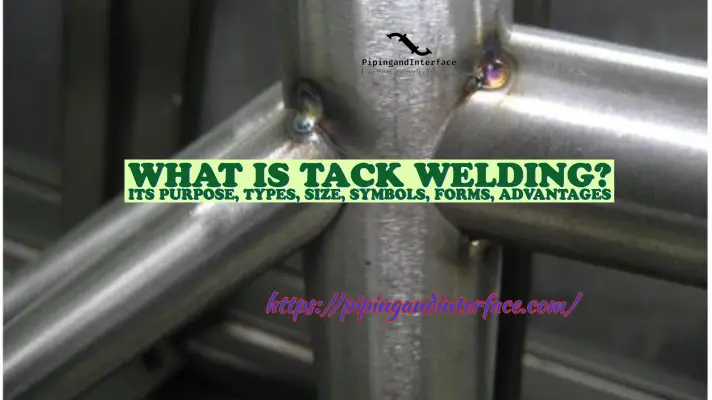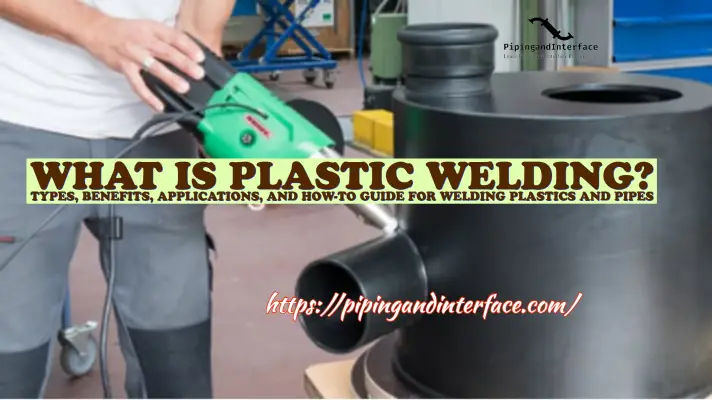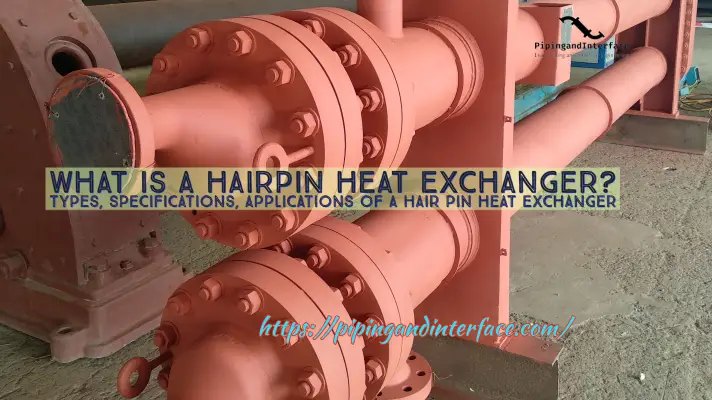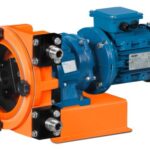Steel pipes are manufactured by two most widely used processes; the seamless method and the welded method. Seamless steel pipes provide some distinct advantages over welded counterparts so they are the preferred choice in most high-pressure applications. In this article, we will delve into the world of seamless steel pipes, exploring their characteristics, specifications, applications, and why they are the preferred choice for countless industries.
What are Seamless Steel Pipes?
Seamless steel pipes are cylindrical tubes made from solid steel billets by piercing them with a bullet-shaped piercer. As these pipes do not have any welds or seams along their length, they are known as Seamless pipes. The absence of seams in seamless steel pipes provides several distinct advantages, making them an ideal choice for various applications. Seamless steel pipes are found in high-pressure-temperature applications and at most critical locations under the most severe operating conditions. The final seamless product after production is hydrostatically tested, and inspected, as per the specification.
Types of Seamless Steel Pipes
Based on the rolling and drawing methods used during the production of seamless steel pipes, they can be categorized into the following types:
- Hot-rolled seamless steel pipes
- Cold-rolled seamless steel pipes
- Cold-drawn seamless steel pipes, and
- Extruded seamless steel pipes
Specifications of Seamless Steel Pipes
Seamless steel pipes can be carbon steel, alloy steel, or stainless steel. Some of the common ASTM specifications for seamless steel pipes are:
- ASTM A53 Gr.B: Black and hot-dipped zinc-coated steel pipes welded and seamless
- ASTM A106 Gr.B: Seamless carbon steel for high-temperature service
- ASTM SA179: Seamless cold-drawn low-carbon steel heat exchanger and condenser tubes
- ASTM SA192: Seamless carbon steel boiler tubes for high-pressure
- ASTM SA210: Seamless Medium-carbon boiler and superheater tubes
- ASTM A213: Seamless alloy-steel boiler, superheater, and heat-exchanger tubes
- ASTM A333 GR.6: Seamless and welded carbon and alloy steel pipe intended for use at low temperatures.
- ASTM A335 P9,P11,T22,T91: Seamless ferritic alloy-steel pipe for high-temperature service
- ASTM SA519 4140/4130: Seamless carbon for mechanical tubing
- API Spec 5CT J55/K55/N80/L80/P110/K55: Seamless steel pipe for casing
- API Spec 5L PSL1/PSL2 Gr.b, X42/46/52/56/65/70: Seamless steel pipe for line pipe
Seamless steel pipes are available in the size range of 1/8 inches to 26 inches. However, with an increase in pipe diameter the force required for the billet becomes too high and the process does not remain economical. That is the reason seamless steel pipes are usually not used for pipes with more than NPS 24.
Properties of Seamless Steel Pipes
Steel seamless pipes are popular for their high-pressure and temperature applications. They are designed to withstand pressure more efficiently than welded steel pipes. They are strong due to the absence of the seam. Their high temperature and pressure capability make seamless pipe steels suitable for applications in refineries, process plants, hydraulic cylinders, hydrocarbon industries, power plants, and Oil and Gas infrastructure.
The main advantages that seamless steel pipes provide are:
Strength and Durability:
Seamless steel pipes are known for their exceptional strength and durability. The absence of welds eliminates weak points in the pipe, making them less susceptible to leaks and failures. This inherent strength allows seamless pipes to withstand high pressure and temperature conditions.
Smooth Interior Surface:
The seamless manufacturing process ensures that the interior of the pipe is smooth, providing a consistent flow of fluids or gases. This is particularly crucial in industries such as oil and gas, where even minor obstructions or irregularities can lead to operational issues.
Versatility:
Seamless steel pipes come in a wide range of sizes and dimensions, making them versatile for various applications. They are available in various grades, ensuring compatibility with different environmental conditions and substances.
Resistance to Corrosion:
Depending on the grade and alloy composition, seamless steel pipes can exhibit excellent resistance to corrosion. This is vital in industries like chemical processing and offshore drilling, where pipes are exposed to corrosive substances.
Applications of Seamless Steel Pipes
Seamless steel pipes are found in a variety of industries, including
Oil and Gas Industry:
Seamless steel pipes are the backbone of the oil and gas industry, used for the transportation of crude oil, natural gas, and various petroleum products. Their ability to withstand extreme pressure and temperature conditions makes them indispensable for this sector.
Power Generation:
Power plants rely on seamless steel pipes to transport steam at high temperatures and pressures. They are also used in the construction of boilers and heat exchangers.
Automotive and Aerospace:
Seamless steel pipes are used in the manufacturing of automotive components and aircraft parts. Their high-strength properties make them ideal for applications where safety and reliability are paramount.
Construction:
In construction, seamless steel pipes are used for structural purposes, such as in the fabrication of columns and supports. They are also employed in plumbing and heating systems.
Manufacturing:
Seamless pipes find applications in various manufacturing processes, including the production of machinery, equipment, and tools.
Differences between Seamless and Welded Pipe
The major differences between a seamless and welded pipe are
| Seamless Pipes | Welded Pipes |
|---|---|
| Seamless pipes are manufactured without welding; solid steel billet is heated and formed. | Welded pipes are manufactured by welding multiple pieces of steel together. |
| Seamless pipes are stronger due to the absence of welds. | Welds in welded pipes can create weak points and slightly lower strength. |
| Seamless pipes are usually more expensive due to the manufacturing process. | Welded pipes are less expensive due to simpler manufacturing. |
| Seamless pipes are available in longer lengths without seams. | Welded pipes are limited to the length of steel sections used for welding. |
| Seamless pipes provide more precise wall thickness control. | Welded pipes provide slightly less precise wall thickness control. |
| Seamless pipes are usually produced for smaller pipe sizes. | Welded pipes are generally used for larger pipe sizes. |
| Seamless pipes are easier to inspect for defects due to a lack of welds. | Weld quality inspection in welded pipes is critical to identify defects. |






